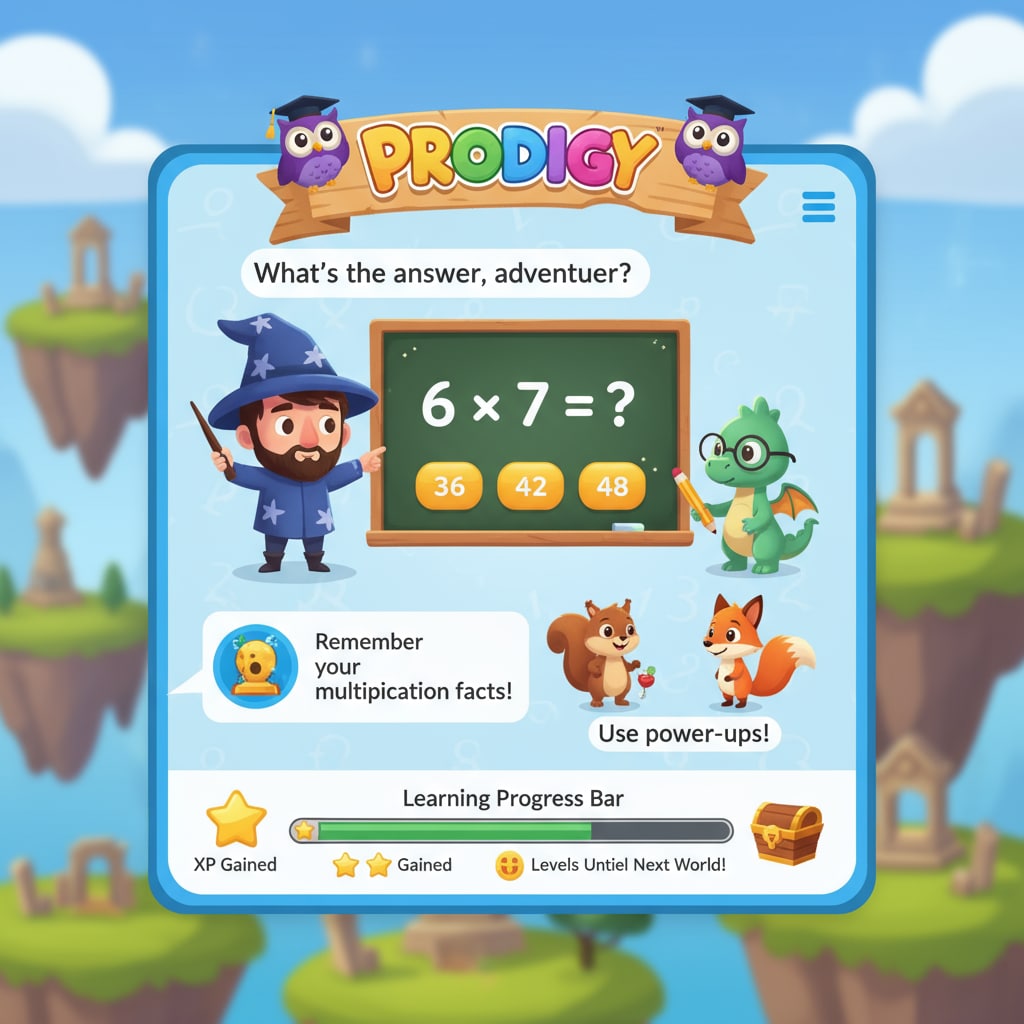In the vast realm of gaming, the differences between regular games and educational games are significant. Take Mario and Prodigy as prime examples. These two games represent the distinct worlds of ordinary gaming and educational gaming, respectively. Let’s embark on a journey to explore their disparities in detail.

Design Goals: Entertainment vs. Learning
Regular games such as Mario are primarily designed for entertainment. Their main objective is to engage players with exciting gameplay, immersive storylines, and challenging levels. Mario, for instance, has been captivating gamers for decades with its fast-paced platforming action, vibrant worlds, and charismatic characters. Players are drawn to the thrill of overcoming obstacles, collecting coins, and rescuing Princess Peach. Mario on Wikipedia
On the other hand, educational games like Prodigy are crafted with learning in mind. Prodigy aims to teach various academic concepts while keeping players entertained. It incorporates math, language arts, and other subjects into its gameplay. Through quests, battles, and exploration, players unknowingly learn valuable skills, making learning a fun and engaging experience. Educational Games on Britannica

Content Structure: Storylines and Learning Modules
The content structure of Mario is centered around an elaborate storyline. Each game in the series follows Mario’s adventures as he battles against Bowser and his minions to save the Mushroom Kingdom. The levels are designed to progress the story, with unique challenges and bosses at each stage. The focus is on the narrative and the player’s ability to navigate through the game world.
In contrast, Prodigy’s content structure is organized around learning modules. It has specific sections dedicated to different academic topics. For example, there are areas for practicing arithmetic, grammar, and vocabulary. The game uses a progression system where players level up as they master different concepts, ensuring a structured learning experience.
To sum it up, understanding the differences between regular games like Mario and educational games like Prodigy is crucial for parents and educators. By recognizing these distinctions, they can make informed decisions when choosing games for children, whether it’s for pure entertainment or educational purposes. These differences highlight the unique value that each type of game brings to the gaming landscape.
Readability guidance: We have used short paragraphs and lists to summarize key points. Each H2 section has a clear set of points. The passive voice and long sentences are kept to a minimum, and transition words have been used throughout to enhance the flow of the article.


